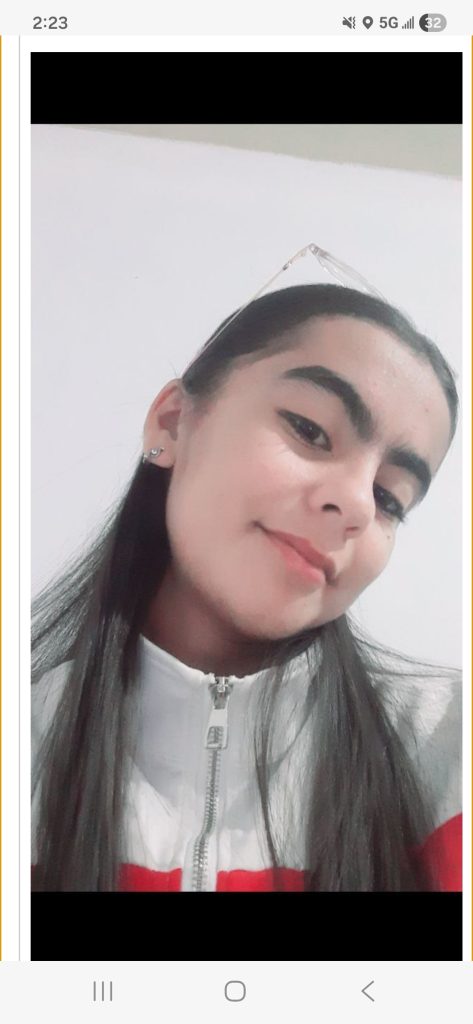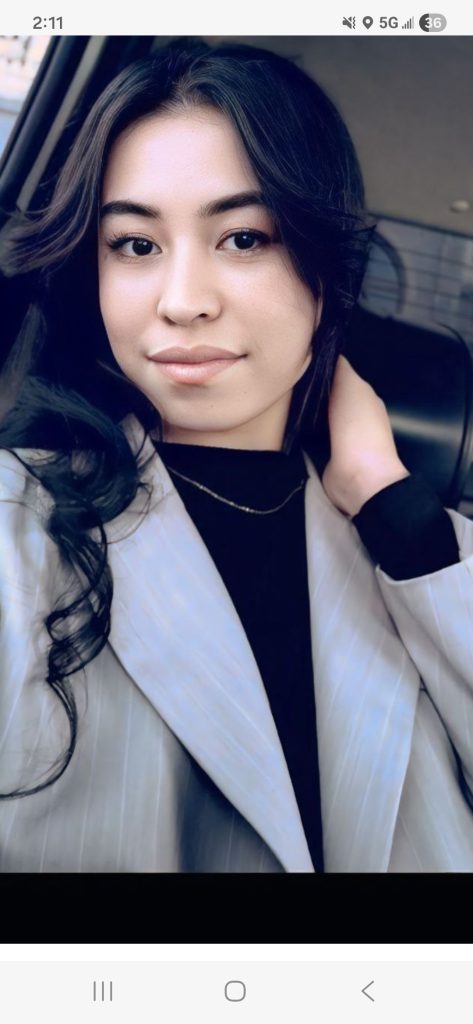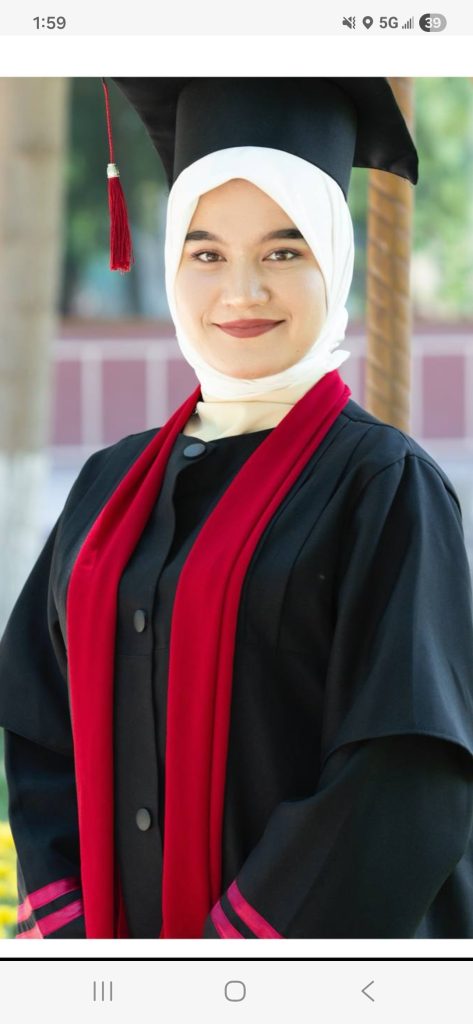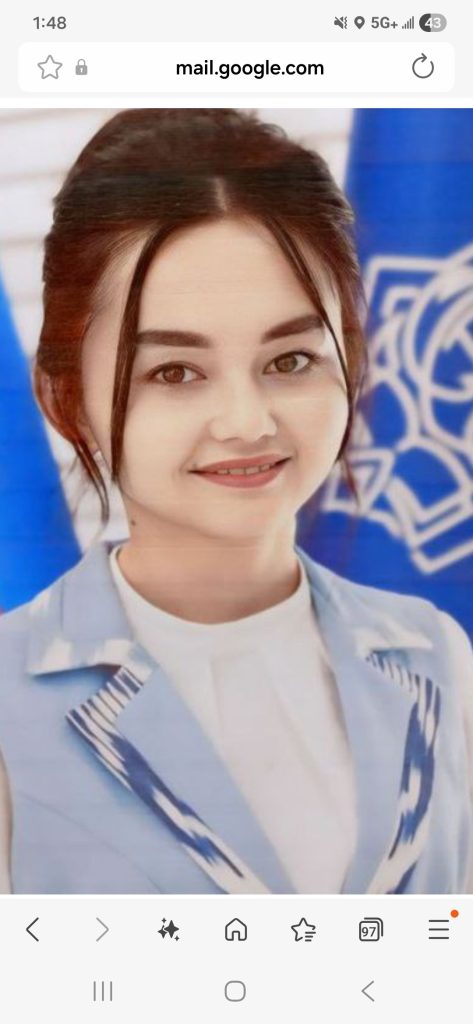
OPPORTUNITIES FOR IMPLEMENTING DIGITAL PEDAGOGICAL TECHNOLOGIES IN THE CONTINUOUS EDUCATION SYSTEM
Niyozova Shakhnoza Farhod qizi
Termiz University of Economics and Service
Primary Education Department
Abstract
The article highlights the importance of modern pedagogical technologies and digital transformation in the continuous education system. The possibilities of integrating digital technologies into the educational process, their impact on effectiveness, existing challenges, and ways to overcome them are examined. In addition, the prospects of digital transformation processes in the national education system are analyzed.
Keywords: Continuous education, digital transformation, pedagogical technologies, distance learning, LMS, innovation.
In the context of globalization and the digital society, modernizing the education system is one of the most urgent issues. The introduction of modern pedagogical technologies at every stage of education plays a significant role not only in developing teachers’ digital competencies but also in enhancing students’ digital literacy. The “Digital Uzbekistan – 2030” strategy specifically identifies accelerating digital transformation in the education sector as a priority task.
Continuous education is a holistic system consisting of interconnected stages that develop progressively from simple to complex and logically follow one another. The continuous education process creates favorable conditions for the comprehensive development of an individual. During this period, a person acquires fundamental scientific knowledge and professional skills, develops high moral and ethical qualities, and grows into a competent and qualified specialist.
A specific worldview is also formed. In the Republic of Uzbekistan, continuous education is organized in accordance with state educational standards and curriculum requirements. Continuous education serves as the foundation for training qualified and competitive personnel and encompasses increasing the social status and prestige of young researchers and academic staff, among other objectives.
Continuous education includes the following types of education: preschool education, general secondary education, secondary specialized and vocational education, higher education, postgraduate education, professional development and retraining of personnel, and extracurricular education.The learning process of a modern individual does not end with preschool institutions, general education schools, academic lyceums, vocational colleges, or higher education institutions. A person must learn throughout their entire life; therefore, education must be continuous. Thus, continuous education is a requirement of the modern era.
In contemporary society, the strategic direction for the development of the education system is the intellectual and moral development of individuals based on purposeful independent activity in various fields.
In this context, three main tasks are emphasized: Reforming the education system; Recognizing independent activity as a fundamental principle of education and upbringing;Introducing modern information technologies into the educational and upbringing process.
Digital transformation is a process of continuous change driven by modern and digital technologies. Although digital transformation is not a new phenomenon, it represents the accelerated development of a complex of modern technologies.The twenty-first century is recognized as the age of digital technologies. Today, digital transformation processes are rapidly progressing in almost all spheres of society. Particularly in education, ongoing changes require not only new teaching and methodological approaches but also a fundamental renewal of thinking. Merely acquiring knowledge is no longer sufficient; a modern learner must be independent, creative, innovative, and open to new ideas.
Digital technologies—artificial intelligence, online platforms, virtual and blended learning systems—expand students’ worldviews and create opportunities for expressing opinions and finding unconventional solutions to problems.Pedagogical technology is considered one of the main components of pedagogical mastery. It enables teachers to quickly and accurately choose appropriate words, tone of speech, facial expressions, gestures, and behaviors when interacting with students, as well as to maintain calmness and analytical thinking in unexpected pedagogical situations. In effective pedagogical influence, all elements of a teacher’s pedagogical technique are clearly manifested simultaneously, including speech, gestures, facial expressions, and movements.
Pedagogical technique is formed based on the teacher’s individual psychological and physiological characteristics. Individual pedagogical technique depends on factors such as gender, age, temperament, character, and anatomical-psychological traits.LMS (Learning Management System) refers to a system for managing the learning process. In simple terms, it is an online platform and software where teachers upload instructional materials (texts, videos, assignments), students study these materials and complete tasks, and the system monitors learners’ activities (grades, ratings, attendance). The advantages of LMS include the possibility of distance learning, automatic assessment of student performance, centralized storage of learning materials, and fast communication between teachers and students. Popular LMS examples include Moodle (widely used in universities), Google Classroom (commonly used in schools), Microsoft Teams (used in education and business), Canvas, and Blackboard (used in international universities).
Thus, LMS is considered the core of modern digital education.The modern education system aims not only to engage students in learning but also to develop their ability to expand their knowledge, conduct research, and work independently. This has become one of the most important tasks of the educational process.
The application of innovative pedagogical methods and technologies in education creates opportunities for students to think independently and engage in self-development. In independent learning, students must demonstrate active participation in the educational process, conduct research, and apply their findings in practice. Today, education requires not only reliance on traditional lessons but also effective use of modern technologies, internet resources, and other educational tools.
Many countries around the world, including China and South Korea, place great emphasis on developing independent learning through extensive use of educational technologies. Pedagogical innovations are applied to encourage effective learning and improve the educational process. This is reflected in the formation of renewal, creative thinking, and innovative approaches in modern pedagogy.
Pedagogy is the science of education and upbringing. The term “pedagogy” originates from the Greek language and means “to lead a child.” As society’s attitudes toward intellectual and moral development have evolved, pedagogy has gained a distinct place as the science of guiding individuals toward proper development.
Consequently, pedagogy occupies a special position within the system of world sciences as the discipline responsible for educating individuals.The concept of “innovation” was introduced into science as a new economic category by the Austrian (later American) scholar Joseph Schumpeter in the first decade of the twentieth century. In his work The Theory of Economic Development (1911), Schumpeter was the first to analyze new combinations of change in development and provided a comprehensive explanation of the innovation process.
Innovation refers to a new development introduced into civil circulation or used for personal needs that ensures significant socio-economic benefits when applied in practice. As an economic category, innovation reflects the general characteristics, features, relationships, and interactions involved in creating and implementing new ideas.
The main methods for generating new ideas include: Trial and error; The control questions method; Brainstorming; Synectics; The sevenfold search strategy; The method of solving inventive problems.
Digital transformation in the education system has led to the following changes: Expansion of distance learning through digital platforms such as Zoom, Google Classroom, and Microsoft Teams; Creation of personalized learning opportunities through artificial intelligence-based programs; Active student engagement through online tests, digital laboratories, and simulators.
Online learning platforms enable students to receive education at any time and from any location. Learners can watch lessons at their convenience, ask questions, and independently study educational materials. Such platforms support individualized learning approaches by allowing students to access resources according to their learning styles.The integration of digital technologies into the education system greatly contributes to implementing individualized approaches, creating learning processes tailored to students’ needs, and increasing educational effectiveness.
Through artificial intelligence, data analysis, online learning platforms, and innovative technologies, education can be made more efficient and engaging. Optimizing the educational process and considering students’ individual needs through digital technologies significantly enhances the quality and effectiveness of education.
Conclusion
The widespread implementation of digital pedagogical technologies in the continuous education system is a crucial factor in improving educational effectiveness, developing twenty-first-century skills among students, and training competitive specialists. The successful realization of digital transformation requires cooperation between state educational institutions and educators. Consistent reforms in this direction will ensure the sustainable development of the national education system in the future.
It is important to emphasize that pedagogical innovations must be harmonized with national traditions and the characteristics of the education system during the digital transformation process. Digital education is not merely technology; it represents a new didactic approach and a means of elevating teacher–student collaboration to a qualitatively new level. Therefore, adapting curricula to the digital environment, fostering students’ creativity and information culture, and testing and implementing international best practices locally are of great importance.
As a result, the effective use of digital technologies makes the educational process not only interactive and efficient but also sustainable and inclusive.
References
Inayatova, Z. K. (2022). Pedagogy of Primary and Continuous Education. Tashkent.Kholmurodov, Sh. (2021). Innovative Educational Technologies. Tashkent.Decree of the President of the Republic of Uzbekistan on the “Digital Uzbekistan – 2030” Strategy. Tashkent, 2020.Gulomov, I., & Rahimova, S. (2020). Online Learning Platforms and Students’ Individual Needs. Teaching Methodology.Tokhtasinov, B. (2022). Innovative Educational Technologies. Tashkent.Alimova, D. (2023). Digital Educational Technologies and Practice. Journal of Education and Innovations, Tashkent.
Niyozova Shakhnoza Farhod qizi was born on May 24, 1993, in Sariosiyo District of Surkhandarya Region. She graduated from Secondary School No. 55 in Sariosiyo District and later completed her studies in the Social and Humanitarian Sciences track at Academic Lyceum No. 4 under Termez State University.She is currently a fourth-year student in the Primary Education program at the Faculty of Pedagogy and Social and Humanitarian Sciences of Termez University of Economics and Service. In the 2024–2025 academic year, she was awarded the university-established Rector’s Scholarship.To date, many of Shakhnoza’s academic articles have been regularly published and featured in mass media outlets. Her goal is to become a highly qualified specialist in her profession and to share the valuable knowledge she has gained with future generations.





